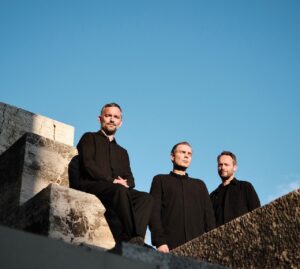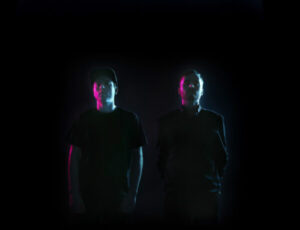I wasn’t shocked by the Vancouver Symphony Orchestra‘s performance of The Rite of Spring on Saturday night. Thrilled, sure, but not shocked.
That may seem a troubling proposition, given that Igor Stravinsky’s best-known score has earned its reputation based, above all, on shock value.
The riot that The Rite incited at its 1913 premiere in Paris is the stuff of legend. It’s the electric Dylan controversy of classical music. The story gets told again with each new CD liner and programme note that gets printed. And, like the story of Bob Dylan’s disastrous electric set at the 1965 Newport Folk Festival, it’s almost as infamous for being exaggerated as for being hysterical.
Even if you don’t know the music, you probably know the story: Stravinsky was riding a wave following the successes of his previous two ballets, The Firebird and Petrushka. But that wave abruptly crashed when the audience at the premiere of The Rite began a noisy public debate on the work, during the performance.
Accounts are a bit dodgy on the specifics. The more violent protesters may have been turfed out by the police, although that’s every bit as unsubstantiated as Pete Seeger taking an axe to Dylan’s microphone cable.
Regardless of what’s true and what isn’t, the story has passed into mythology. The result is a rare phenomenon in classical music: The Rite isn’t just a piece of music. It’s a brand. That dubious honour is perhaps only shared by a couple of Beethoven symphonies.
This particular brand is based on the idea of revolution. The Rite: the music that sparked a riot. The Rite: the soundtrack to a century defined by rapid change. The Rite: the music that changed everything.
And so, we judge the music on its continuing ability to shock us.
But, that’s a mistake.
The fact that The Rite was revolutionary was what made it timely in 1913, but it has nothing to do with why it’s timeless in 2013.
Think of it this way: Beethoven’s late string quartets were utterly baffling to his contemporaries. Today, they don’t sound particularly strange at all. But, that doesn’t mean that they aren’t sublime masterpieces. Why judge The Rite by a different standard?
So, when I say that Saturday night’s performance didn’t leave me aghast and agog, I don’t mean that this is a failure to be pinned on Stravinsky, VSO music director Bramwell Tovey, or anybody else. I simply mean that we’ve grown into The Rite. It feels comfortable now, and that isn’t a bad thing.
It doesn’t mean that the score has lost its primal edge, certainly. In Tovey’s aggressive reading, Stravinsky’s pagan rhythms assault the senses as much as ever. The visceral thrill of a live Rite is one of the few musical experiences I would recommend wholeheartedly to anybody with at least one working ear. It gets your heart pumping.
So much so, that on Saturday it left another of Stravinsky’s spectacular masterpieces, Petrushka, in the dust. Some scrappy moments in the orchestra’s performance seemed to dampen the audience’s enjoyment of a piece that was, after all, probably not what they came to see.
But, the last thump of The Rite brought the crowd to its feet almost instantly. See, the difference between a 2013 audience and a 1913 audience is that in 2013, we’ve seen enough Martin Scorsese movies to want that sensory assault.
And on Saturday, we got it. And we loved every minute of it.










